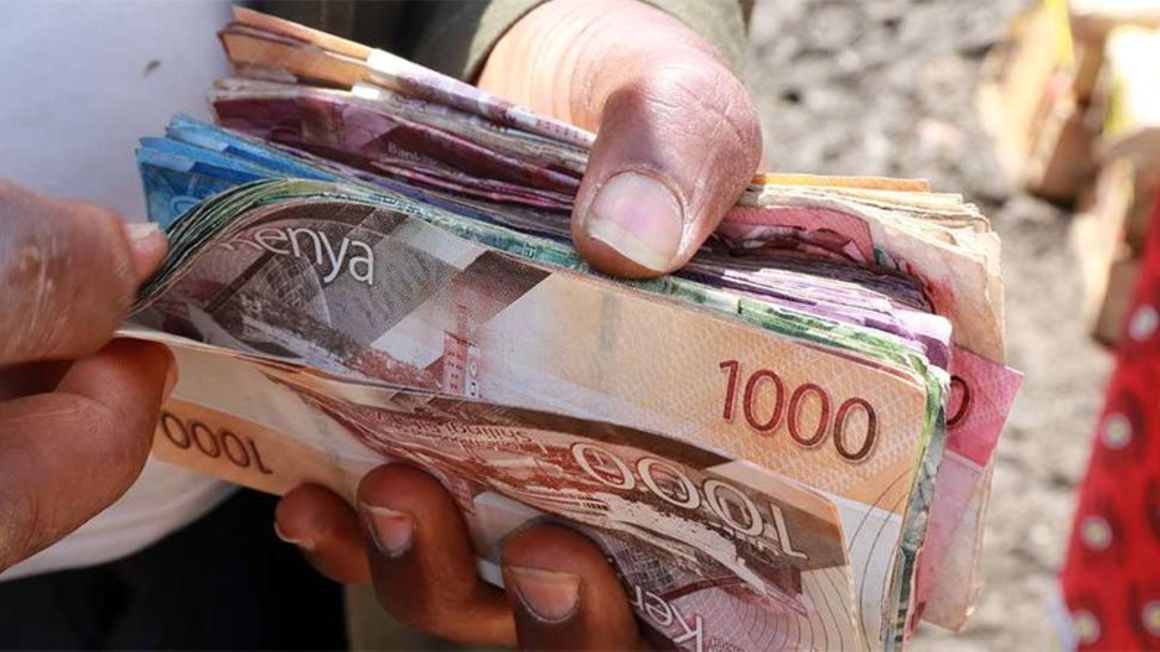
Summary
- The shilling is likely to remain bound in a tight trading range against the dollar in the near term despite the shock of higher oil prices.
- Analysts at NCBA said in their March economic report that muted dollar demand from the market and agriculture export inflows will also help stabilise the shilling in the short term.
- It is currently exchanging at an average of 109.70 units the dollar, having depreciated by 0.5 per cent since the beginning of the year.
The shilling is likely to remain bound in a tight trading range against the dollar in the near term despite the shock of higher oil prices, backed by steady dollar inflows from the diaspora and the relief from reduced external debt service following successful debt restructuring.
Analysts at NCBA said in their March economic report that muted dollar demand from the market and agriculture export inflows will also help stabilise the shilling in the short term.
It is currently exchanging at an average of 109.70 units the dollar, having depreciated by 0.5 per cent since the beginning of the year.
“Fundamentally, steady inflows from diaspora remittances and improved export receipts as well as the relief from reduced external debt service following successful debt restructuring could bolster short-term outlook for the shilling,” said the NCBA analysts.
On the flip side, the analysts say that the steady decline in forex reserves at the Central Bank of Kenya could sour market sentiment on the shilling, at least until an injection comes in when the country accesses foreign currency loans that are normally exchanged for shillings at the CBK.
At the end of last week, the reserves stood at $7.35 billion (Sh850.2 billion), equivalent to 4.52 months of import cover, having fallen by $399 million (Sh43.8 billion) since the beginning of the year.
“Other risks could stem from effects of higher oil prices and a resurgent US dollar. Moreover, cyclical demand for dividend repatriation could marginally weigh on the shilling,” said the NCBA analysts in the report.
“In the near term, this could place a floor for the shilling at 109.50. At the same time, losses may be capped at the 110.50 level mostly on fears of central bank intervention.”





No comments :
Post a Comment